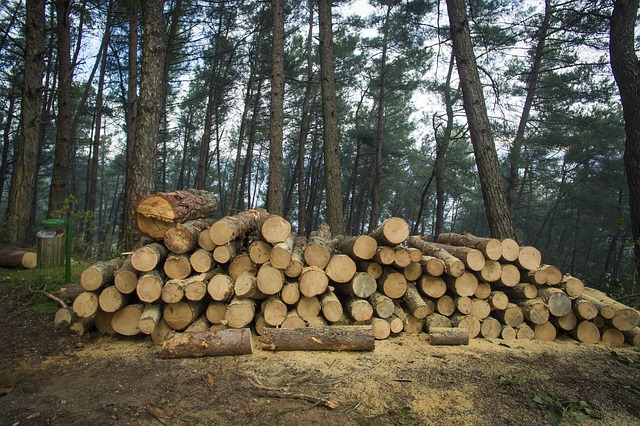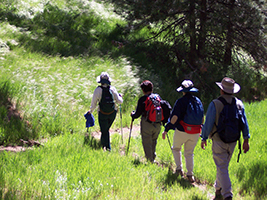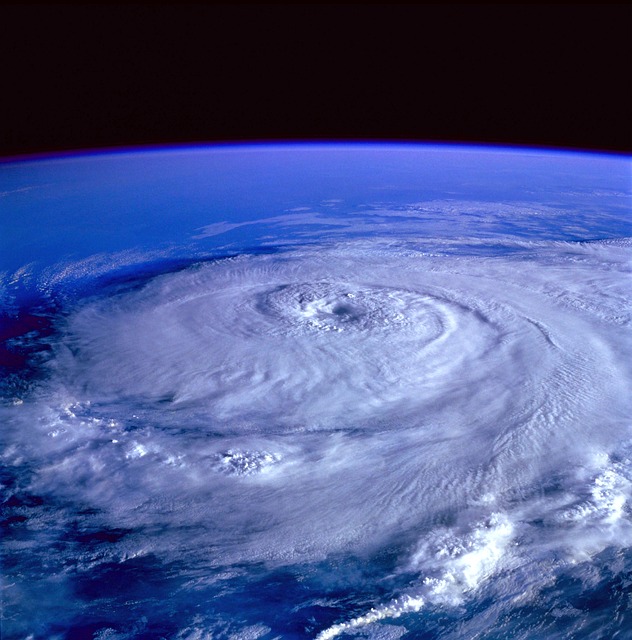
Hope Despite Climate Change Report
Just 20 Days Until Election Day
New Law Extends Polluting Incineration
Register for Sierra Club California’s Annual Summit
If you haven’t already, take a look at the Intergovernmental Panel on Climate Change’s latest report on climate change.
It basically says that humans need to take big actions to cut fossil fuel combustion dramatically by 2030—less than 12 years away—if we want to avoid a climate change catastrophe.
So here are a few thoughts to stave off depression and restore optimism after you’ve read the report or any of the gloomy news about it.
First, California is taking action in nearly every important category to fight climate change. This report, though, underscores that what we’re doing here—from shifting to renewable, non-carbon-emitting energy for electricity to transitioning to zero-emission vehicles—needs to happen much faster.
Second, based on what the public opinion polling shows, and what nearly every political indicator suggests, Californians are about to elect a new governor (Gavin Newsom) who is committed to fighting climate change. He’s also noted for taking bold action.
Third, the oil industry is slowly losing its vise grip on the legislature and California policy decisions about climate change. It’s way past time for that to happen, but at least it is happening. This means there are real possibilities in the next two or three years to make big changes that polluting industries have been able to block in the past.
Fourth, it costs less to cut climate pollution than to pay for disasters intensified by climate change. The multi-billion dollars in climate-related damage this state alone has suffered in the last couple of years highlights how affordable taking action now to accelerate decarbonizing our economy actually is by comparison.
Fifth, we aren’t alone. California is just one of many states trying to address climate change now, even as the federal government hides its head in the sand. And there are many nations taking assertive action, from China to India to Norway to Germany to, well, you get the picture.
We humans have a lot to do in the next few years if we’re going to have a world that’s liveable beyond 2030.
A lot of humans are already responding and more are sure to join. It isn’t hopeless.
Just 20 Days Until Election Day
By Katherine Garcia

Between now and November 6, Californians have a chance to vote for candidates and on measures that will benefit California communities and protect the environment.
The most important thing we can do for the planet is to vote. Here are some ways to do the most you can to make sure this election day works for the environment.
Step 1: Register to vote
The deadline to register is Monday, October 22 and it’s easy to register. You can sign up here: registertovote.ca.gov. Make sure your family and friends are registered too. Want to go the extra mile? Contact your local Sierra Club chapter to help with voter registration and empower new voters.
When you register you can sign up to vote-by-mail and conveniently vote from home. The deadline to request a vote-by-mail ballot is October 30. For more information, click here.
Step 2: Know what's on the ballot
If you’re already registered to vote, you’ve probably received the Voter Information Guide by mail. If not, you can view the guide online in multiple languages or listen as an audio file here: voterguide.sos.ca.gov. The Secretary of State has prepared this guide to inform voters on what will be on the ballot.
Sierra Club has prepared a voter guide with our endorsements for candidates that will prioritize the environment and positions on measures. View your personalized ballot based on your address here: sierraclubindependentaction.org. Be sure to share this resource with your network. For more detailed information on the ballot measures, visit our website.
Step 3: Volunteer for a campaign
There are many environmentally friendly candidates in California who are relying on volunteers to speak with voters, hand out materials and encourage people to vote. Get in touch directly with the campaign offices for our endorsed candidates to sign up to volunteer. Or contact your local Sierra Club chapter to see if they are offering opportunities to participate in a phone banking or canvassing with other Sierra Club members.
Step 4: Vote
This is it! Whether you’re going to vote-by-mail or in person, this is the key moment when you cast your vote for progressive candidates that will be a champion for the environment and social justice. The sooner you vote, the more time you can spend helping make sure others get out to vote, so vote as early as you can.
This election your vote will help ensure California addresses its extreme housing crisis; continues to fund road repair and transit; and avoids a wasteful water bond with too little oversight. Voters will elect a new governor and only one of the gubernatorial candidates has pledged to continue to fight climate change and protect the environment.
Your vote matters. How the election turns out will have a huge impact on California's environmental future.
New Law Extends Polluting Incineration
By Daniel Barad

Hours before a legislative deadline, a conference committee approved 76 pages of amendments to Senate Bill 901 it had provided to the public only minutes before. Though the bill was ostensibly a wildfire liability bill, the amendments burgeoned with troubling forest and energy language.
SB 901, now signed into law by Governor Brown, removes oversight from forest management activities by granting certain Timber Harvest Plan and California Environmental Quality Act (CEQA) exemptions. The law allows for larger diameter trees to be removed than was previously allowed and permits 400-foot roads to be carved through forests without sufficient oversight from water and natural resources agencies.
Hidden within pages of exemptions was a small kernel of good for one of California’s most overburdened, disadvantaged communities. SB 901 prohibited one biomass incinerator in California’s most polluted community from receiving new contracts to burn forest wood beyond 2022.
This language will effectively end the life of Rio Bravo Fresno, the San Joaquin Valley’s 11th highest emitter of fine particulate matter, a deadly, localized pollutant.
But save your applause. SB 901 extended the contracts of five other old, polluting biomass incinerators throughout Northern California. It also allows the facilities to source fuels from more forested areas. Those five noneconomic, dirty incinerators will continue to burn forest trees at least until 2027.
California’s biomass incinerators were built in the 1980s and therefore feature outdated emissions controls. Despite their designation as a renewable energy, which is based on false carbon accounting and unfounded assumptions that new trees will always replace cut trees, biomass incinerators emit more CO2 than natural gas or even coal.
Wind, solar and other zero-carbon technologies are being displaced by incinerators that emit more CO2 than fossil fuels.
Down from 63 incinerators in the late 1980s, only about 20 biomass incinerators continue to operate in California. Due to extremely high costs, the biomass incineration industry has been steadily declining, but SB 901 is only the most recent of many examples of policymakers stepping in to extend the life of these heavy pollution emitters.
Yes, in an admirable recognition of a past mistake, the legislature took a stand against incinerators in disadvantaged, overburdened communities. However, legislators held firm to the misguided idea that conventional biomass incinerators are worth ratepayers’ money and California’s continued investment.
For more information on Sierra Club California’s biomass campaign and how you can get involved, email Daniel Barad at daniel.barad@sierraclub.org.
Register for Sierra Club California’s Annual Summit

There’s still time to register for this year’s Sierra Club California Summit, but don’t delay. The Summit will be held November 9 - November 11 and space is limited. You can register here.
Join us to be inspired by nature, make new friends and prepare for another year of environmental leadership.
This year’s keynote speaker is Ariel Hayes, Sierra Club’s national political director based in Washington, DC, who will be updating us on the November 6 election results around the country and how they will affect the political and environmental debate and actions for the next two years.
The Summit takes place in San Luis Obispo County at the Rancho El Chorro park and public meeting facility. Every Sierra Club member is welcome to attend.
The entire weekend, including rustic lodging in a bunkhouse-style cabin or pitching your own tent, from Friday evening through Sunday morning, costs just $70. Pizza on Friday evening, lunch and dinner on Saturday and breakfast on Sunday are included.
If you attend for just one day, the fee is $35.
If rustic camping or bunking isn’t your style, there are plenty of reasonably priced lodging options in San Luis Obispo and Morro Bay.
Nobody is turned away from the meeting due to lack of funds, and some scholarships are available. But space is limited, so sign up now.
Follow Us:
  |
Thank you for being a part of our work! Consider making it monthly. You may securely donate online or by sending a check to Sierra Club California at 909 12th Street, Suite 202, Sacramento, CA 95814.

